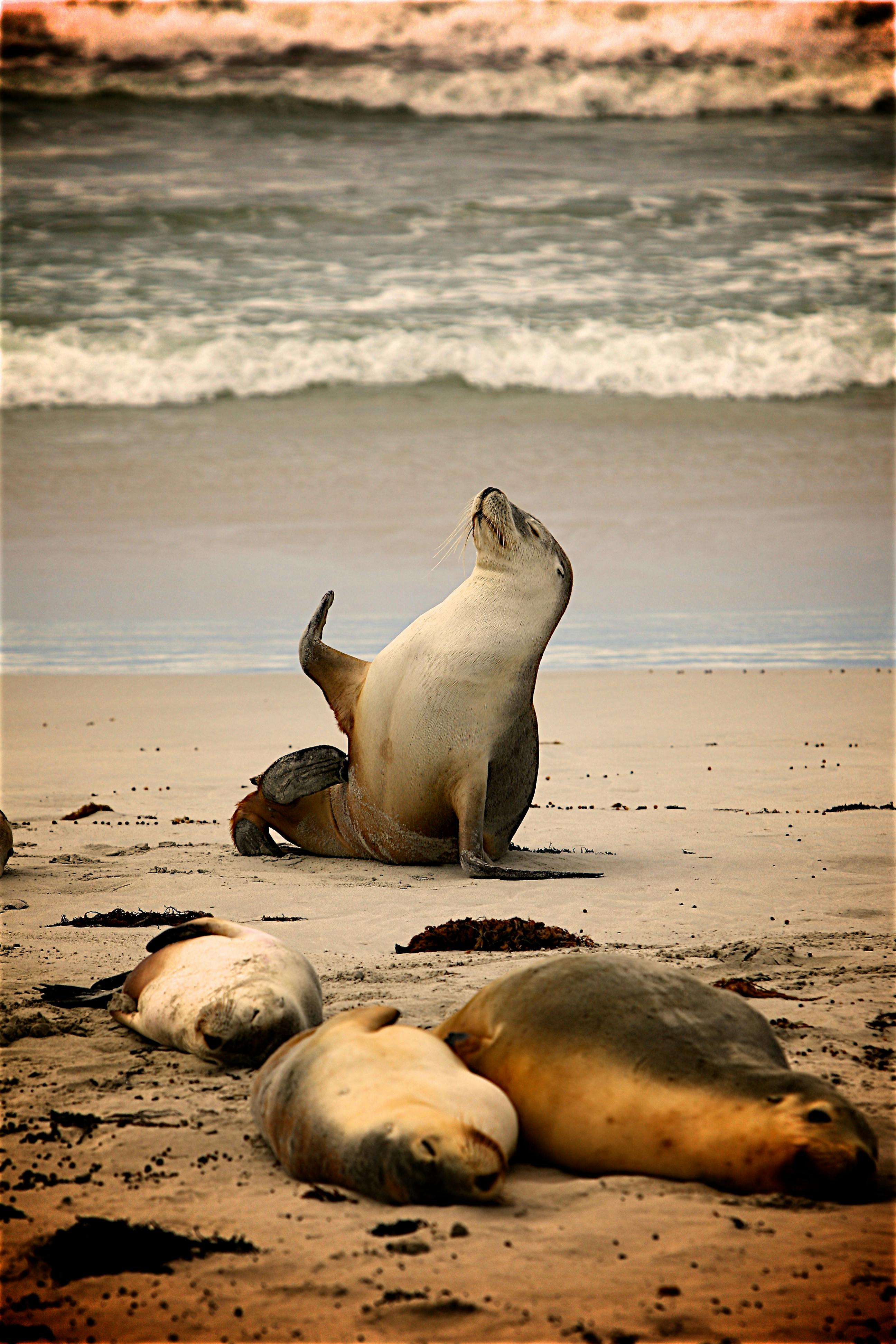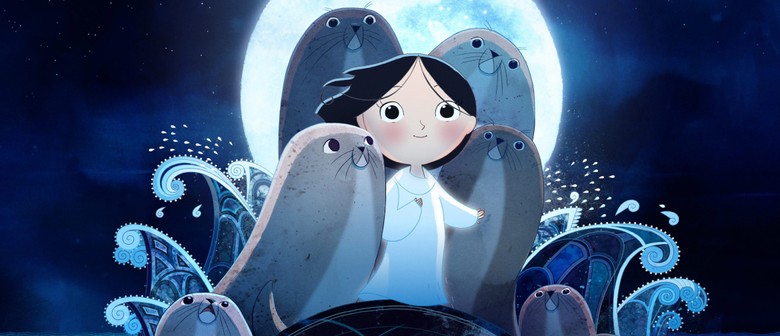

This great movie perhaps laid the foundations of many cliches around l’estate Italiana : there are people eating pasta on the beach, American cars are shown with pride, rich families live next to middle class families. Far from being a judgemental movie, A Sunday in August shows, in a typical Neorealist way, how interactions between classes, customs and behaviours were changing at the time WWII was a close memory, but people were looking ahead to the future. In Domenica d’agosto ( Sunday in August, 1950), Luciano Emmer portrays the life of a society in which members of the fallen nobility, the working class and the middle class spend a summer day all together in Ostia, near Rome.
#Seashore movie inw hat langage full
We see this best in Italian cinema, in which summer is the setting for many memorable stories and is often the main character itself.ĭuring the 50s, the representation of l’estate Italiana in Italian cinematography became, in the hands of capable directors, a way to describe the vices and virtues of a country full of contractions and its attempt at grappling with unexpected economic growth post WWII. From post WWII Italy onwards–through the economic growth of the 50s, the dreamy 60s, the political 70s and the hedonistic 80s until today–Italian summer–or as we say l’estate Italiana – has always meant much more than holidays for Italians. Italian pop culture has played an important role in shaping both the realistic and stereotypical sentiment and iconography around Italian summer. I feel a deep nostalgia for the gelati by the beach, the smell of Karite butter my mother used to apply on her skin, the colour of the edicola where I would buy comics. Anyway, that task is little more than the MacGuffin intended to get the two boys back to the beach, where Tomaz doodles handsome men on the walls of public toilets and in the pages of his sketchbook.In a country where three quarters is covered by beaches and seashore, where a man became famous worldwide singing just three words “O Sole Mio”, and where flocks of tourists have been spending their holidays (at least since the times of Goethe), summer is an essential component of the Italian DNA–a piece that I’ve missed when I’ve lived abroad in countries with cooler climates. Before the trip, Martin’s dad asks, “You know what to do?” but we don’t have any idea what he’s talking about - something to do with a “document” Martin is expected to collect from an old lady who appears to be his grandmother. Matzembacher and Reolon expect their audiences to read between the lines, dealing more in subtext than traditional scripting or exposition. Though little is explicitly spelled out about the boys’ past dynamic, there are hints that perhaps they’ve drifted apart, and this off-season trip from Porto Alegre to the southern beach house belonging to Martin’s family could be a slightly awkward reunion. At one point, after a late-night game of truth or dare, he awakens the following day with pale blue hair.

Tomaz (Mauricio Jose Barcellos) is a bit shorter, fairer and slightly more inclined to test the boundaries. Somewhere between the ages of 15 and 20, Martin (Mateus Almada) is young, male and Brazilian - that much we can tell by looking at him.

Wan and listless in much the same way a teenager who’d rather lay about than do his chores might behave, “Seashore” resists whatever expectation adults might put upon a film to serve as a traditional narrative, forgoing details in favor of a loosely assembled collection of observational fragments: a lingering glance at a young man’s long-lashed eye here, an underage underwear-clad bottom there, garnished with a hazily viewed teenager toweling off after the shower.Ĭomprised mostly of free-floating scenes, shot as if the handheld camera were stationed in a boat rocking several yards away from the action, “Seashore” represents the sort of unfocused aesthetic that might beg the question what the cameraman is looking at exactly, if not for the elliptical editing, which further hides clues that would no doubt have been helpful in acquainting ourselves with its two teen protags. Though right at home in Berlin’s often-challenging Forum section, “Seashore” will have a harder time finding sufficiently patient ports among LGBT fests. At least, that’s a best-guess description of adolescence-obsessed shorts directors Filipe Matzembacher and Marcio Reolon’s first feature, which is so thin on specifics that it’s often difficult to discern exactly what is going on between its two young leads. Blue is a fairly tepid color in “Seashore,” an agonizingly subtle Brazilian coming-of-ager in which a bi-curious teen ever so tentatively tests the water of his sexuality during a few days at the coast with a semi-estranged gay friend.


 0 kommentar(er)
0 kommentar(er)
